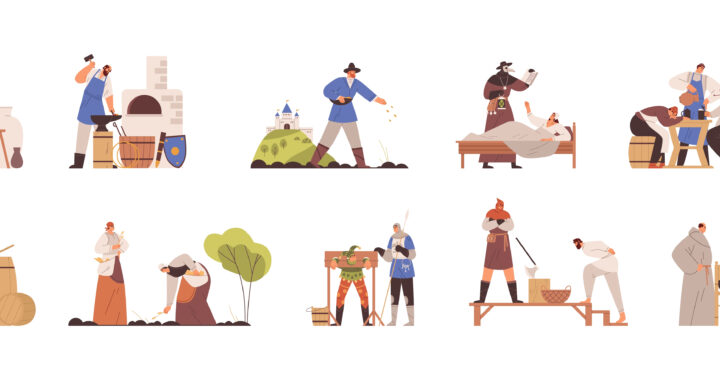
Harrapans were urbanied and were living in a well-palnned cities. They were farmers, merchants, artists etc.. Weather in the Indus velly was nice and warm so people were spending most of the time outside.
From the structure of their houses, we can conclude that they were divided into the 3 social groups.
- Ruled
- Merchants
- Poor laborers lived in the lower part of the society.
Language

Harappans were the first to develop the writing system but we are still not able to decipher their text. Their Language looks like a more on the image.
Harappan’s God

During the excavation, historian didn’t find anything like a temple. But the Great bath at the Mohenjo-Daro might be used for religious purpose. All the Harappan settlements were near the rivers so we can say that water/river was a very important part of their lives.
The Discovery of figuring (female) in large numbers from Harappan settlements indicates that the mother goddess was the chief deity of the Harappan people. The fertility cult was also popular among the Harappan people. They also worshiped animal and nature. Harappan also believed in the religious power of Amulets & Talisman as indicated by the depiction of these on seals. Black marks found on seals & figures of the Harappan Civilization indicate that something like oil & fragrance was burnt by Harappa in front of deities to please them.
What did Harappans eat?
Harappan people were consuming both veg and nonveg food. As per the evidence, they grew lentils and other pulses like peas, chickpeas, green gram, and black gram. Their main staples were wheat and barley, which were presumably used to make bread and perhaps also cooked with water as a gruel or porridge.
They fed local wild rice to their animals and probably began to cultivate it, though rice does not become an important crop until post-Harappan times. The Harappans must have eaten a range of fruit like dates, jujube, walnuts, grapes, figs, sugarcane, and maybe mango. Vegetables like the variety of brassica, brown mustard greens, coriander, okra, and spices like garlic, turmeric, ginger, cumin, and cinnamon were locally available and probably grown or gathered by the Harappans, but the evidence is lacking. Sesame was grown for oil, and linseed oil may also have been used.
How was Harappans dressing up?

The discovery of a large number of spindles proves the use of cotton. They also used wool.
Both men and women were wearing two pieces of cloth. Men had the upper garment like a shawl and the lower garment like a dhoti.
Women were also wearing the same as men. Men were keeping long hair parted from the middle and tied in the back. Women also had long hair made into a braid and fan-shaped bow at the end.
Evidence suggests that women were also aware of the cosmetics. “Vanity case” and the toilet jars found at the Harappan site are proof of that. They contained ivory powder, face paint, and many other varieties of cosmetics. Cinnabar was used as a cosmetic and face paint, lipstick and collyrium (eyeliner) were also known to them.
Burial Practice
From the evidence, we can conclude that Harappans were using 3 methods for disposing of dead bodies.
1. Complete Burial
For the complete burial, dead bodies were placed in the grave from the north-south direction while the head faced the north direction. Sometime coffin was also used for burial. Remains from Kalibangan and Lothal suggest the joint burial of men and women.
2. Fractional Burial
The dead bodies were placed on the open ground to be eaten by the birds and animals and their remains were buried. Bahawalpur (Sindh) shows evidence of this method.
3. Post cremation Burial
The dead bodies were burnt and then their remains of bones and ash were put in the pot for burial.
Sometimes items of common use like pottery and ornaments were also placed with dead bodies showing their belief in life after death. Usually, the graveyards were located away from the cities showing their good social sense and awareness about hygiene.
More on Harappan civilization

